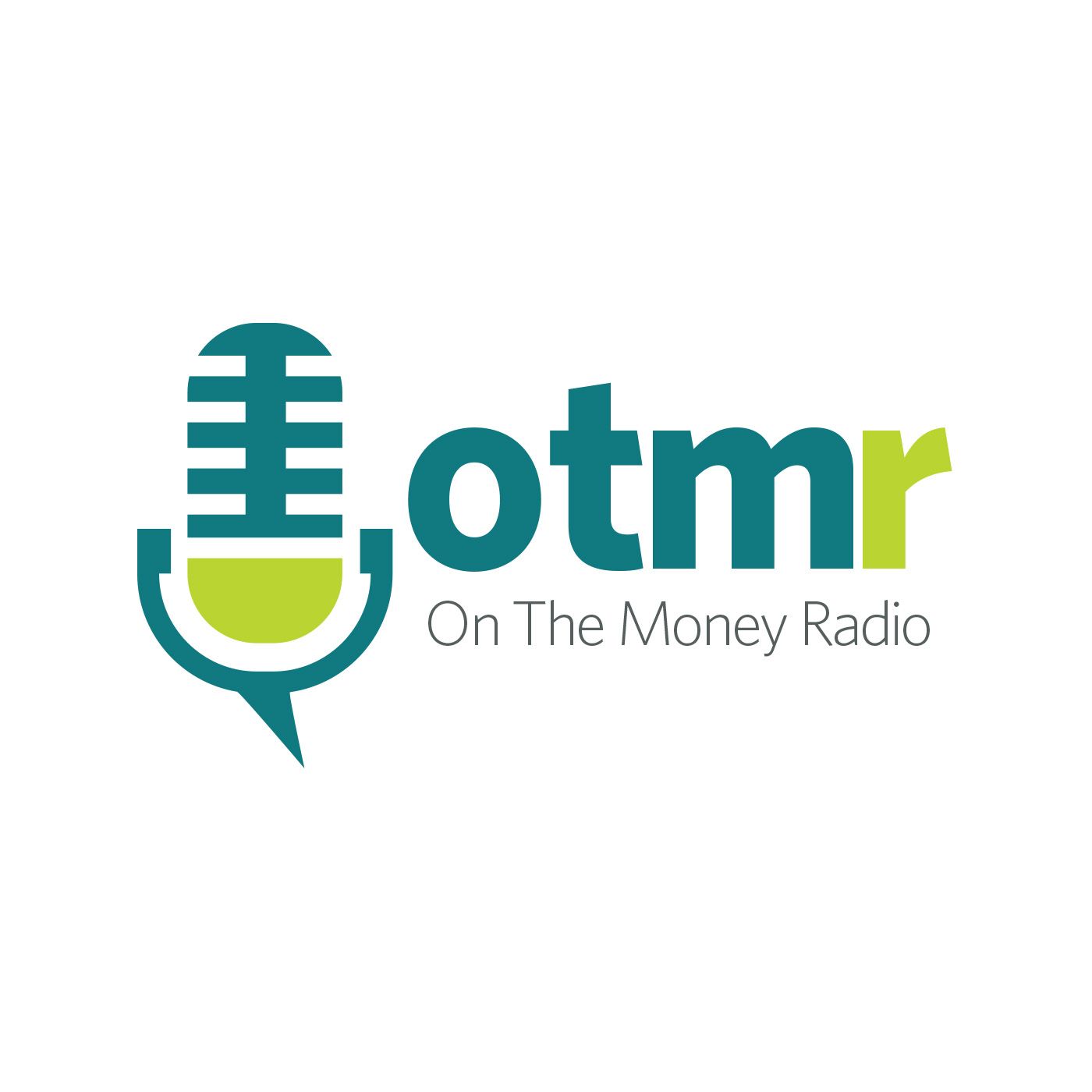Neuroscience Confirms Buffetts Investing Wisdom

b'
I recently came across a rather interesting piece of research from Caltech. The paper has a rather long geeky title, \\u201cIrrational Exuberance And Neural Crash Warning Signals During Endogenous Experimental Market Bubbles\\u201d. It is about an experimental study to discover warning signs of irrational exuberance and a possible crash as market bubbles start to form. The paper\\u2019s findings have also been nicely condensed in laymen\\u2019s terms by Kimm Fessenmaier of Caltech.
In their experiments, Caltech\\u2019s researchers studied the brain activity and behavior of people trading in experimental markets where price bubbles were artificially simulated and internally or \\u201cendogenously\\u201d created. They hooked up electrodes to traders\\u2019 heads and watched brain activity and behavior as stock prices rose to levels that were well above fundamental value to see how these experimental traders reacted as prices rose, as stock price bubbles formed and then burst.
On analyzing this experimental trading data, researchers found two distinct patterns of brain activity. One small fraction of participants got early warning signals from their brains that made them feel uncomfortable and urged them to sell even as share prices were rising. The other larger group got brain signals that made them behave greedily, buying aggressively as stock prices rose and even after they peaked.
Researchers found that the lucky few who received early warning signals and got out of the market early earned the most money while the larger group displayed what former Fed chairman Alan Greenspan called \\u201cirrational exuberance\\u201d and lost their shirts.
The researchers also saw a market bubble form without outside hype in the experiments, there were no television sets with talking heads hyping up their various views on the market, just experimental traders in a room reacting to rising stock prices so a bubble formed without any outside hype or misinformation, which was a bit of a surprise finding because general market wisdom mostly attributes bubbles to external hype or other external factors.
Researchers then conducted a subsequent experiment. They divided participants into three groups based on market earnings; low, medium and high, and found that low earners tended to be momentum buyers who started buying as prices went up and kept buying even as prices tanked, apparently hoping to make money on a bounce back or trying to lower their average purchase price because they bought when shares were peaking.
Medium earners were those who played it safe, did not take too many risks and neither made nor lost a lot of money. The high earners were traders who bought early and sold when stock prices were on the rise, above fundamental value but well before they peaked.
These high-earning traders emotionally did something that was really hard to do, they sold their shares in a rising market because the region of the brain that deals with risk aversion sent out strong early warning signals to this small fraction of high earners.
The neurological experiment by Caltech\\u2019s researchers confirmed Warren Buffett\\u2019s advice to investors, which is to \\u201cbe fearful when others are greedy and be greedy only when others are fearful\\u201d. It was that risk adverse fear signal that caused high earners to pack their bags and get out of a rising market. They did not stay in, get greedy and try to maximize their gains by timing the peak; they simply got out while the going was good and therefore came out ahead.
The study also confirms something that experts like Buffett and Howard Marks keep saying it\\u2019s about playing \\u201cnot loser\\u2019s tennis,\\u201d which means you should make non-speculative investments and manage your portfolio in a manner where you\\u2019re pretty sure that you are not going to lose your investment capital. So the high earners in Caltech\\u2019s experiment were those who focused on protecting their gains,'